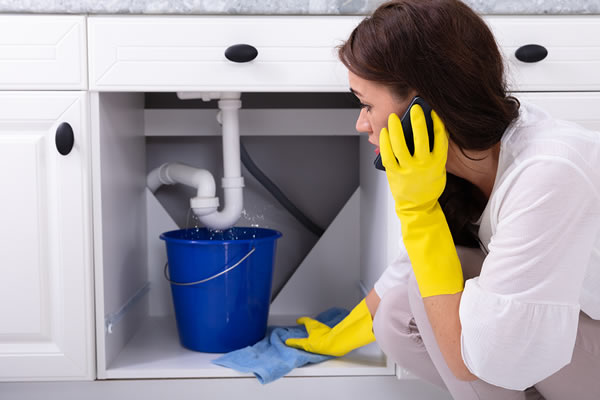Exactly how to Inspect If Your House Has a Concealed Leak
Exactly how to Inspect If Your House Has a Concealed Leak
Blog Article
We've found the article about Finding hidden leaks below on the internet and believe it made perfect sense to share it with you here.

Early discovery of leaking water lines can minimize a potential disaster. Some small water leakages may not be visible.
1. Analyze the Water Meter
Every home has a water meter. Inspecting it is a proven way that aids you uncover leaks. For beginners, shut off all the water resources. Guarantee no person will purge, use the tap, shower, run the cleaning maker or dishwashing machine. From there, most likely to the meter and watch if it will transform. Since no person is utilizing it, there need to be no activities. That indicates a fast-moving leakage if it relocates. If you detect no modifications, wait an hour or 2 and examine back again. This implies you may have a sluggish leakage that could also be below ground.
2. Examine Water Intake
Examine your water costs and also track your water usage. As the one paying it, you ought to observe if there are any inconsistencies. If you detect sudden changes, in spite of your intake being the same, it suggests that you have leaks in your plumbing system. Remember, your water costs must fall under the very same variety every month. An abrupt spike in your bill shows a fast-moving leakage.
Meanwhile, a stable increase every month, even with the exact same practices, shows you have a sluggish leak that's also slowly rising. Call a plumber to extensively check your home, specifically if you really feel a cozy area on your flooring with piping below.
3. Do a Food Coloring Test
When it involves water usage, 30% comes from bathrooms. Examination to see if they are running properly. Drop specks of food color in the storage tank as well as wait 10 minutes. There's a leakage between the tank and bowl if the shade in some way infiltrates your bowl during that time without flushing.
4. Asses Outside Lines
Don't fail to remember to inspect your outside water lines too. Needs to water permeate out of the link, you have a loosened rubber gasket. One small leak can squander heaps of water and increase your water costs.
5. Examine the situation and also check
House owners should make it a behavior to inspect under the sink counters and also inside cabinets for any bad odor or mold and mildew growth. These two warnings indicate a leakage so prompt interest is called for. Doing routine examinations, even bi-annually, can save you from a significant problem.
Inspect for discolorations and damaging as a lot of pipelines as well as appliances have a life expectancy. If you presume dripping water lines in your plumbing system, do not wait for it to rise.
Early detection of leaking water lines can minimize a potential catastrophe. Some little water leakages might not be visible. Checking it is a guaranteed method that aids you uncover leakages. One tiny leak can waste loads of water as well as surge your water expense.
If you presume leaking water lines in your plumbing system, don't wait for it to intensify.
WARNING SIGNS OF WATER LEAKAGE BEHIND THE WALL
PERSISTENT MUSTY ODORS
As water slowly drips from a leaky pipe inside the wall, flooring and sheetrock stay damp and develop an odor similar to wet cardboard. It generates a musty smell that can help you find hidden leaks.
MOLD IN UNUSUAL AREAS
Mold usually grows in wet areas like kitchens, baths and laundry rooms. If you spot the stuff on walls or baseboards in other rooms of the house, it’s a good indicator of undetected water leaks.
STAINS THAT GROW
When mold thrives around a leaky pipe, it sometimes takes hold on the inside surface of the affected wall. A growing stain on otherwise clean sheetrock is often your sign of a hidden plumbing problem.
PEELING OR BUBBLING WALLPAPER / PAINT
This clue is easy to miss in rooms that don’t get much use. When you see wallpaper separating along seams or paint bubbling or flaking off the wall, blame sheetrock that stays wet because of an undetected leak.
BUCKLED CEILINGS AND STAINED FLOORS
If ceilings or floors in bathrooms, kitchens or laundry areas develop structural problems, don’t rule out constant damp inside the walls. Wet sheetrock can affect adjacent framing, flooring and ceilings.
https://www.servicemasterbyzaba.com/blog/how-to-detect-water-leakage-in-walls/

As a serious person who reads on Detecting hidden plumbing leaks, I figured sharing that excerpt was a good thing. Don't hesitate to take the opportunity to promote this blog posting if you appreciated it. I am grateful for your time. Please stop by our blog back soon.
Report this page